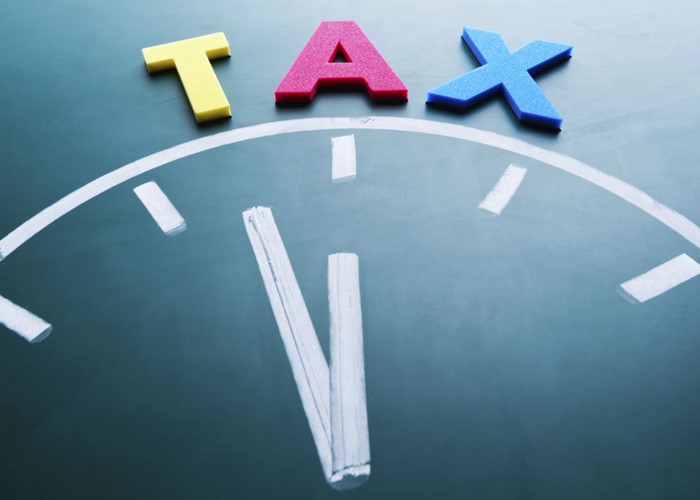Payment on account 2025: what it is, how to calculate your tax bill, deadline to pay and how to reduce it

The two deadlines for self-employed workers to pay their Self Assessment tax bills are 31 January and 31 July 2025. Here's how to calculate your latest payment on account and what to do if you can’t afford to pay.
Sections
Do you need to make a payment on account?
‘Payments on account’ (POA) are advance payments towards your Self Assessment tax bill.
You will need to make two payments on account each year (unless your last Self Assessment bill was under £1,000).
Each payment is half your previous year’s tax bill and payments are due by midnight on 31 January and 31 July.
If you don't completely clear your tax bill after you’ve made both your payments on account this year, you'll need to make a ‘balancing payment’ by midnight on the following 31 January.
The rest of this guide will explain how to do so and how you can delay it if you're unable to pay.
Head this way if you're looking for info about filing your online Self Assessment form instead. Alternatively, learn more about filing your paper Self Assessment form here.
How payments on account work
The 31 January payment settles your previous financial year’s (April to April) tax bill and you’ll need to make an advance payment for the current financial year that gets offset against your tax return the following January.
The 31 July payment is the other half of the current amount owed, as the taxman expects you will earn a similar amount this year as you did last year.
Normally, this isn’t a problem, as you’re only ever expected to make a half-payment.
However, if this is your first year filing a return, then you could have to pay your year’s tax plus 50%.
And that can really catch people out.
Of course, if you’ve carefully saved your taxes as you’ve earned, then there’s no problem.
But not everyone is able (or in some cases willing) to do so.
20 ways to ensure you're paying the right amount of tax
Why would the taxman do that?
For many people, this is entirely necessary. You don’t want to be saving for last year’s tax bill out of this year’s earnings.
After all, that would trap you in a cycle of tax, where you’d be constantly working to pay off the previous year’s tax bill.
You’d never be able to stop working, unless you saved double the tax in your final year.
However, some cynics suggest that it’s also to give the Government a bit of a financial boost in the middle of the year.
Who has to make payments on account?
You have to make a payment on account if your tax during the previous financial year was more than £1,000.
However, that’s not the case if more than 80% of that year’s tax was taken off at source, for example, through PAYE.
Can I lower my payment on account?
If your earnings for the current tax year are likely to be less than the previous year, don’t panic, it’s easy to let the taxman know.
There’s a fairly simple form to fill out, letting you state that your business profits are down, or that there’s another reason you owe a reduced amount.
You can fill out this form online by logging into the Self Assessment website, selecting ‘customer services’, clicking on the ‘Request Us’ option and selecting ‘Reduce your payments on account’.
What happens if you miss the deadlines?
There are penalties for both filing your Self-Assessment return late and for late payment of any tax due.
The tax man will charge you £100 for filing a late return, then another penalty at three months, six months and 12 months.
If you delay by that long, you could have to pay more than £1,600.
So, even if you can’t pay the outstanding amount, you need to file your return.
If you don’t pay the money you owe by the deadlines, the taxman can charge interest. After 30 days HMRC will apply interest at 8.25% on the outstanding amount.
The taxman may also charge a penalty or surcharge.
I can’t pay, what can I do?
What do you do if you’ve completely messed up? If you failed to save enough and simply cannot pay?
It’s probably very tempting to just ignore the whole problem, but you can’t afford to.
You need to get in touch with HMRC as soon as possible if you can’t pay, as you may be able to avoid any penalties and even spread your repayments over a period of time.
But you need to talk to someone to arrange that; ignore the problem and it will get bigger and bigger.
Of course, if you have a reasonable excuse, like you’ve suffered a life-threatening illness or a bereavement, the taxman can be lenient.
Make sure you let the tax office know as soon as possible, by filling out the reasonable excuse claim form.
*This article contains affiliate links, which means we may receive a commission on any sales of products or services we write about, but it won't affect the price you're offered. This article was written completely independently.
Comments
Be the first to comment
Do you want to comment on this article? You need to be signed in for this feature